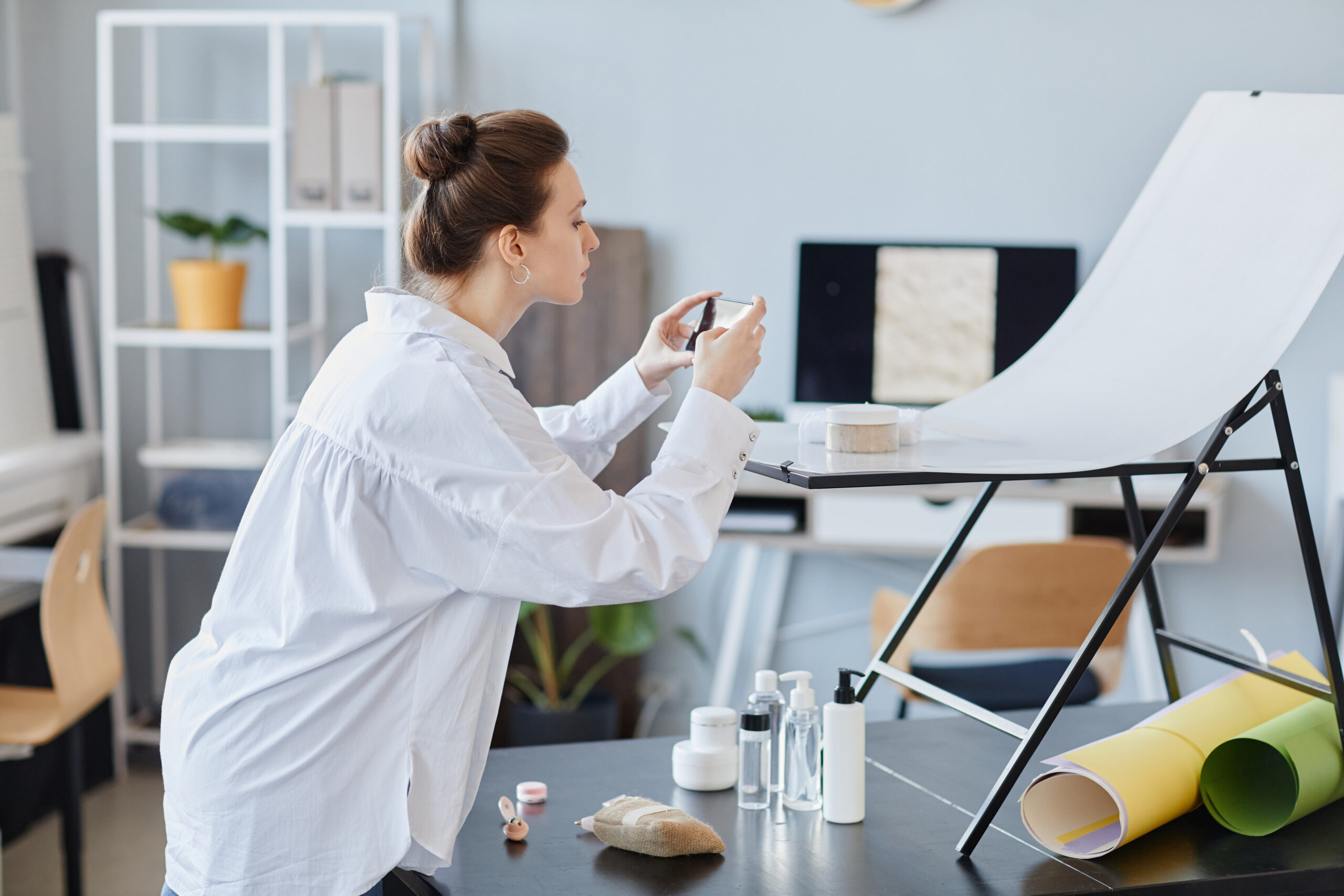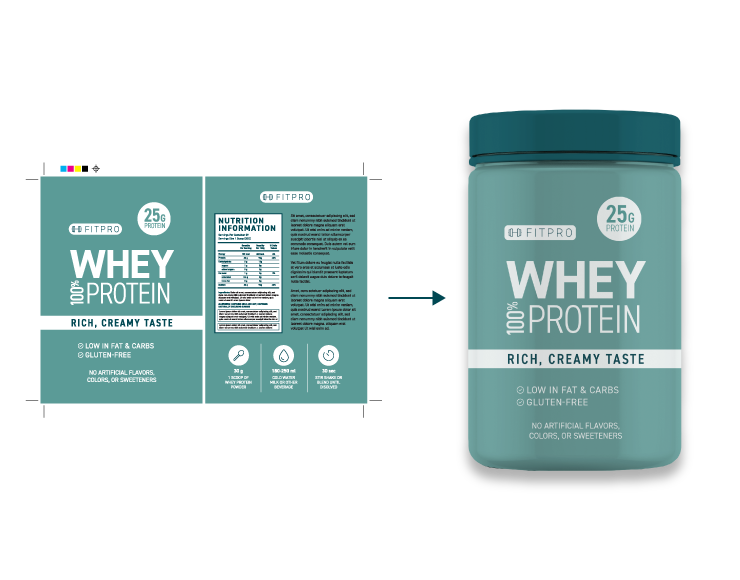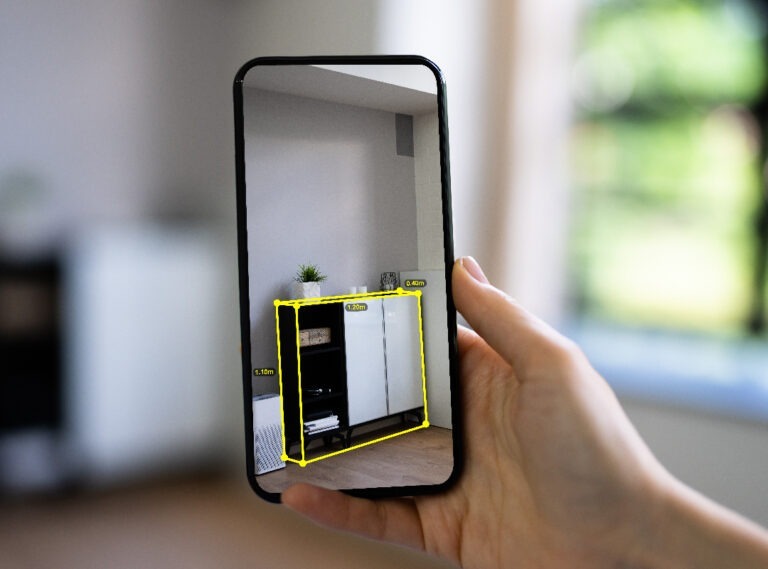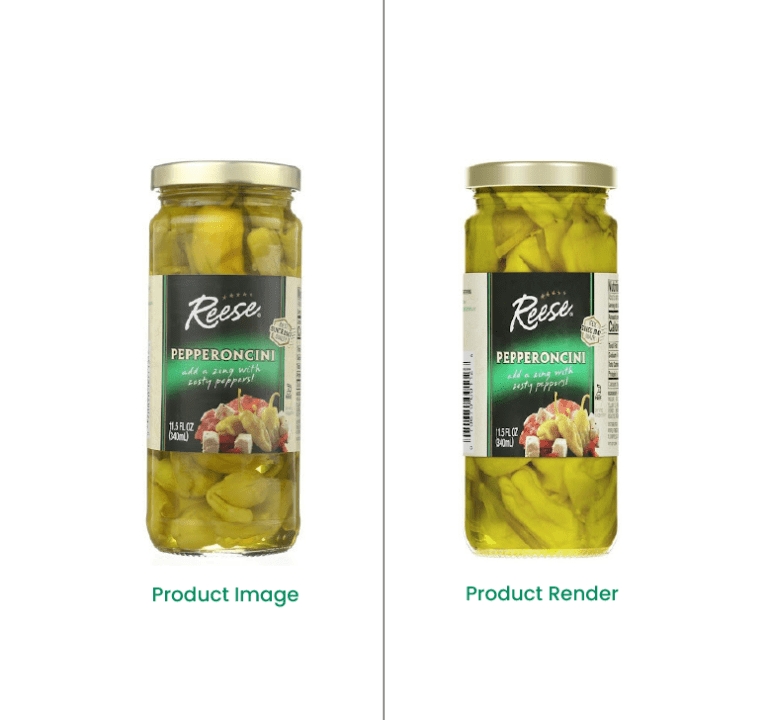9 Reasons to Use Professional Product Photography on Your Website
January 20, 2022
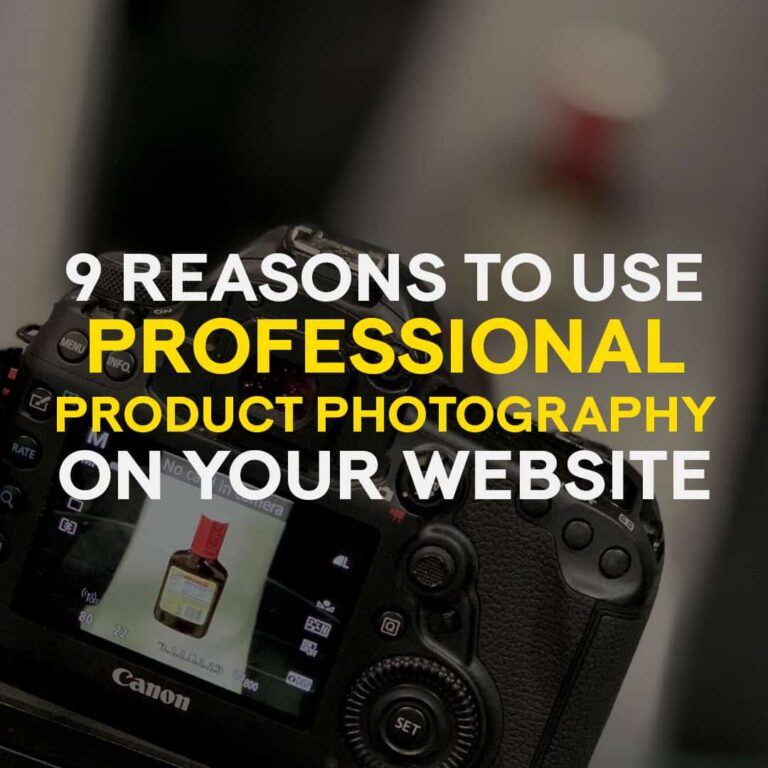
As recently as a decade ago, online shopping couldn’t compete with the in-store experience – it was convenient, sure, but static, low-quality photos made buying products online a crapshoot.
Times have changed. Today, professional product photography services have transformed ecommerce into a visuals-first landscape. Rich media capabilities such as 360-degree images and video content allow shoppers to experience products on a website with the same caliber of visual detail they get in stores.
And with online retail sales projected to double by 2023 to a whopping $6.5 trillion worldwide, the time to amp up your website’s visuals is now. Read on for nine reasons why professional product photography is your secret weapon in the race for ecommerce success.
1. Website Product Photography Satisfies Customers’ Expectations
Customer expectations for product photos are rising. Shoppers today want detailed product photos before they make a purchase, and they want a lot of them: one survey shows that customers expect five to eight images of every product on a website.
Not only that, but the lack of visual information can be a deal-breaker. The same survey found that 70 percent of consumers cited a lack of product information because they left a page on an ecommerce site.
Professional photography allows you to efficiently produce the volume of images that customers now expect – doing it yourself would take far too much time.
2. High-Quality Images Build Trust
Customers want quantity and quality. They don’t just want eight images – they want eight good product images.
You instantly gain a shopper’s trust when you provide high-quality product photography for each product on your website. One study backs this up: higher-quality images win customer trust more than lower-quality images. And to get those high-quality images, you’ll need professional photographers with professional equipment.
3. Professional Photos Let You Create Interactive Images
Speaking of building trust, product photography services let you create another website feature that boosts buyer confidence: interactive images.
Research shows that manipulating an image, such as by spinning or zooming, improves customers’ understanding and opinion of the product. In other words, where product images provide the visual component of in-store shopping, interactive images are about as close as you can get to holding an item in your hands.
With a feature like 360-degree photography, which compiles a set of professional photos into a seamless “spin,” shoppers can rotate and zoom in on products in high definition to see every detail. This level of interaction increases customer engagement and visual information, positively affecting buying intent.
4. Interactive Images Complement Lifestyle Photography
Imagine you’re shopping for sneakers online. While scrolling, you stumble upon a pair shown on a model playing basketball in them – the photo catches your eye, so you click. Then you view a 360-degree rotating image of the sneakers, zoom in on the shoe details, and add them to your shopping cart.
A balance of both product photos and lifestyle shots makes your website photography not only trustworthy but also enticing. In addition to product photos and 360-degree images set against a white background to provide detailed visual information, lifestyle shots can be extra persuasive in the customer journey because they tell a story and have an emotional pull.
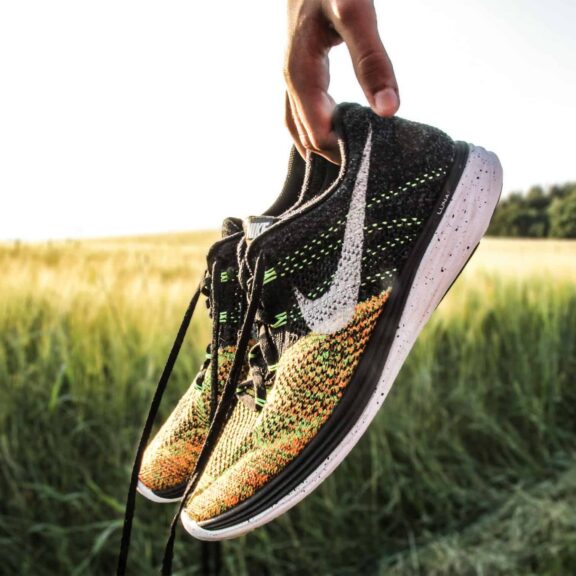
5. Professional Photography Saves You Time and Money
You might think a DIY approach to product photography is the fastest way to get photos for your website. But this often isn’t the case.
Hiring someone to produce product photography for your website saves your business time and allows you to use resources more efficiently. A photography studio’s process is built around speed and precision; a business team, on the other hand, has a business to run, and photography is a difficult project to manage on top of sales and growth.
A professional studio handles all of the shooting, quality control, post-production, and editing – time-consuming and costly undertakings for a business. Plus, if you’re doing it yourself rather than entrusting an expert, there’s no guarantee that you’ll get the quality you want. And as we mentioned before, quality matters for website product photography.
6. Professional Product Photography Is Highly Scalable
There’s another area where DIY photography falls short: it isn’t scalable. For distributors and retailers that manage hundreds of suppliers and thousands of products, in-house photography is a daunting – if not impossible – task.
If you want top-quality images – and enough of them – for every product category on your website, you won’t be able to photograph every product yourself. A professional photography studio can help you specialize and manage different site categories.

7. Professional Website Product Photography Prevents Returns
The stakes for having low-quality visuals are getting higher. Ecommerce returns, especially for bigger-ticket items, can be extremely costly for your business – Statista estimates return delivery costs will total $550 billion this year.
But with high-quality images, returns are much easier to prevent. Consider this statistic: 22 percent of online product returns happen because the image didn’t look like what arrived in the mail. Customer satisfaction is tied to the initial sense of trust when purchasing a product online: customers want the visuals they see to represent the product they receive fully.
Plus, offering 360-degree spinning images is better than offering still images our clients have seen returns drop as much as 30 percent with the introduction of 360-degree spinning images.
8. Professional Product Photos and 360-degree Photography Boost Conversions
Professional product photography on your website will drive more sales and significantly impact conversions.
Grainger, North America’s leading supplier of maintenance, repair and operating products, began measuring the impact of 360° images compared to other enhanced content types, such as product videos and technical PDF documents. On average, the company saw conversion rates increase 47% when products were shown with a 360° image.
According to data from Profitero, an eCommerce performance analytics company, our client Moen, the #1 faucet brand in North America, saw an 85 percent increase in the conversion rate for a product listed on Amazon after adding a 360 image. The A/B test was conducted over a 2-month period, and the results continue to improve.

9. Accurate Photos Mean Satisfied Customers and Increased Loyalty
What’s more, customers know that online product information can be unreliable. This means that once they’ve made a purchase that meets their expectations, they’ll be more likely to stick with your site in the future: according to the account group KPMG, 30 percent of consumers say they would rather buy from a website they’ve bought from previously.
Suppose a customer is satisfied with her purchase because she feels it’s true to the photo. In that case, professional product photography can distinguish between a one-time purchase and a repeat customer.
Professional Product Photography Is an Investment in a First-Rate Online Experience
With high-quality, interactive, and lifestyle images becoming the online norm, non-professional visuals will make your website stand out badly. Professional product photography drives trust, engagement, and conversions in a highly competitive market with repeat customers and first-time visitors.
